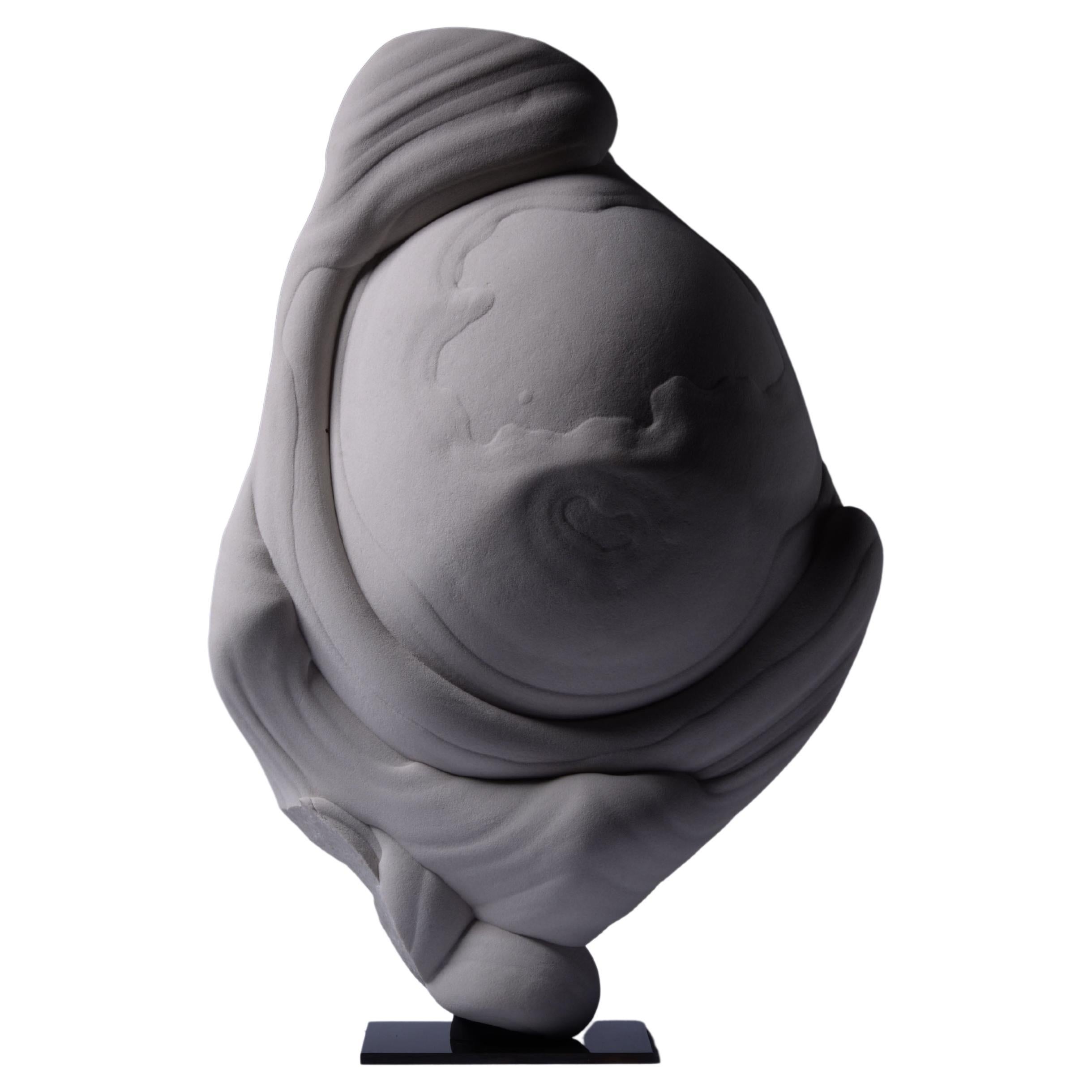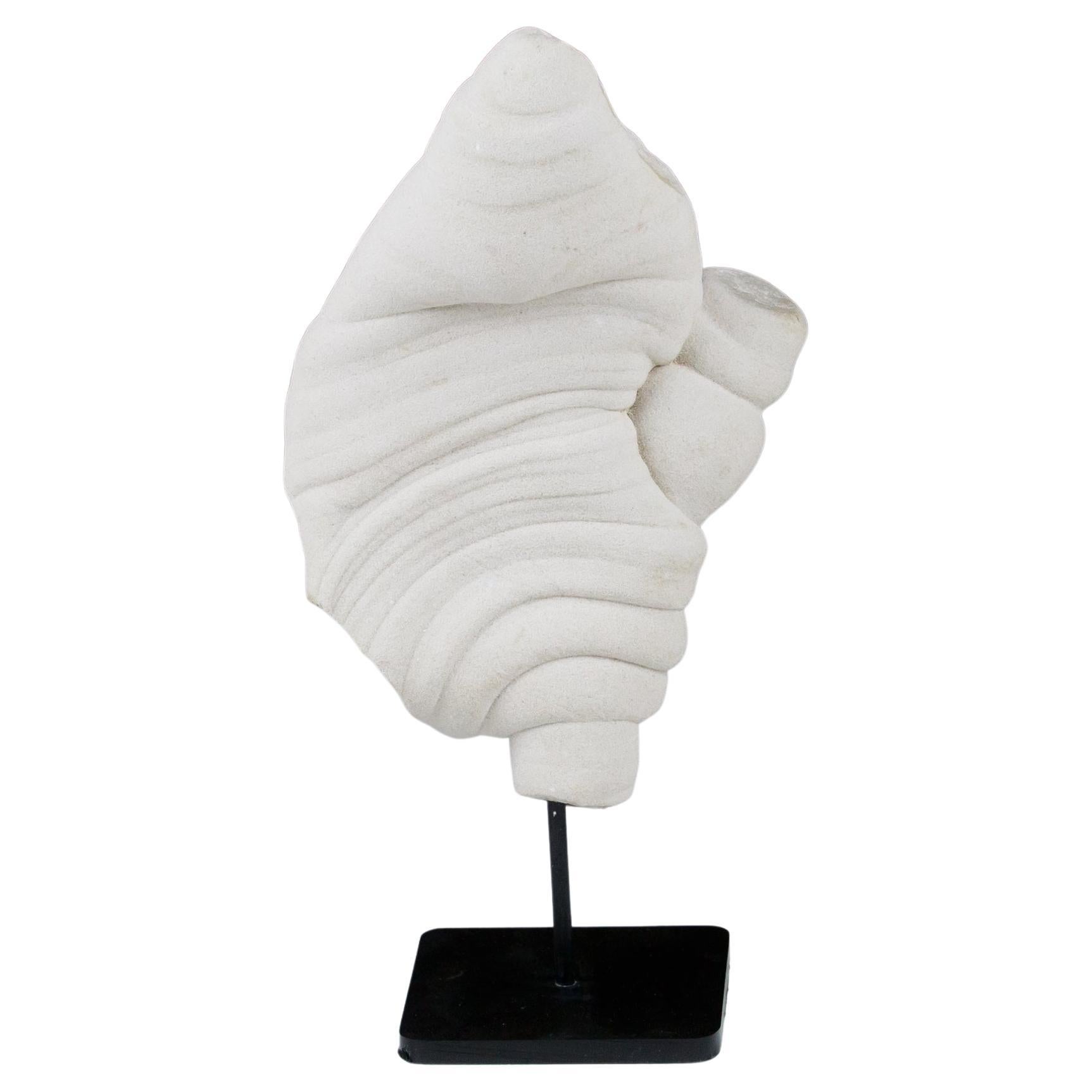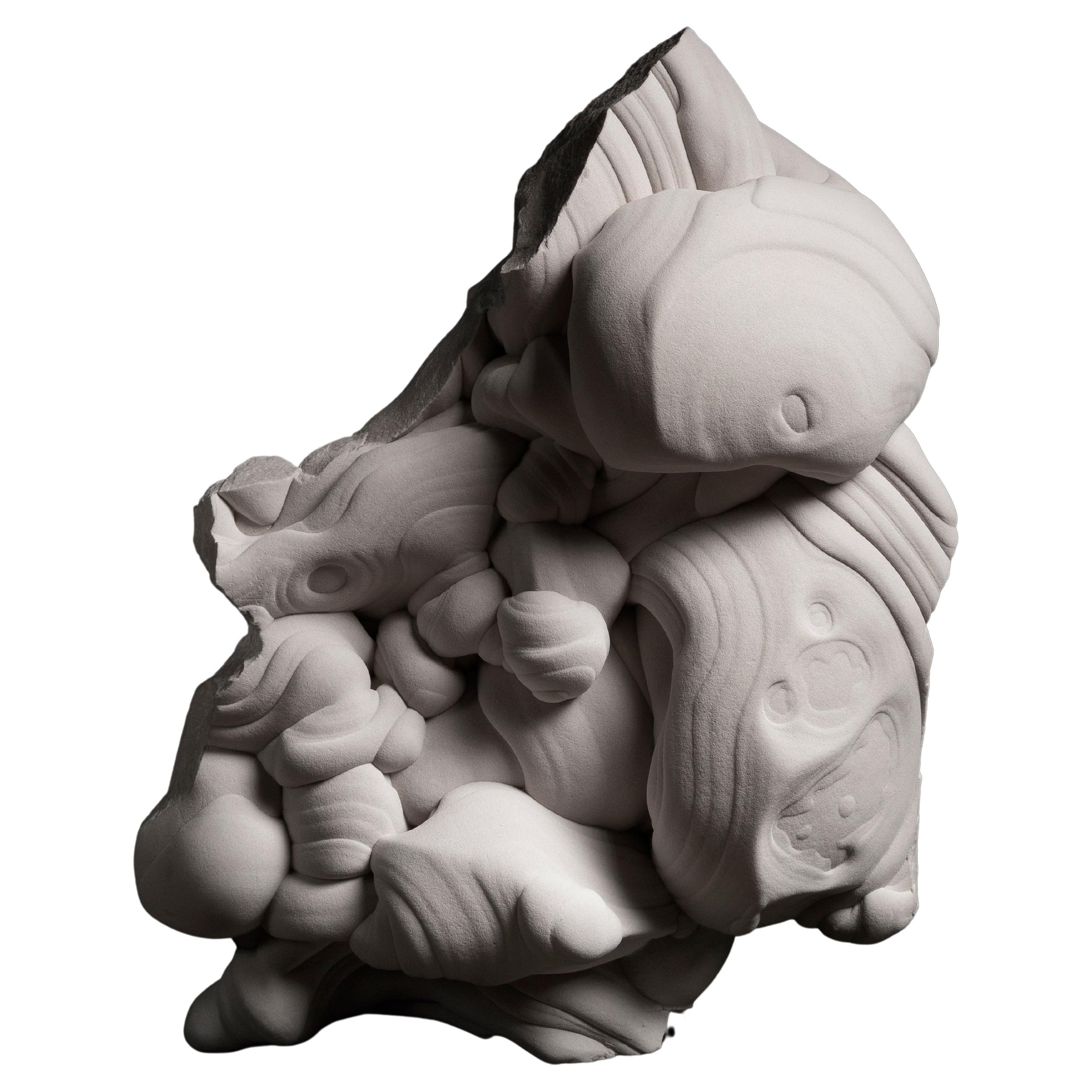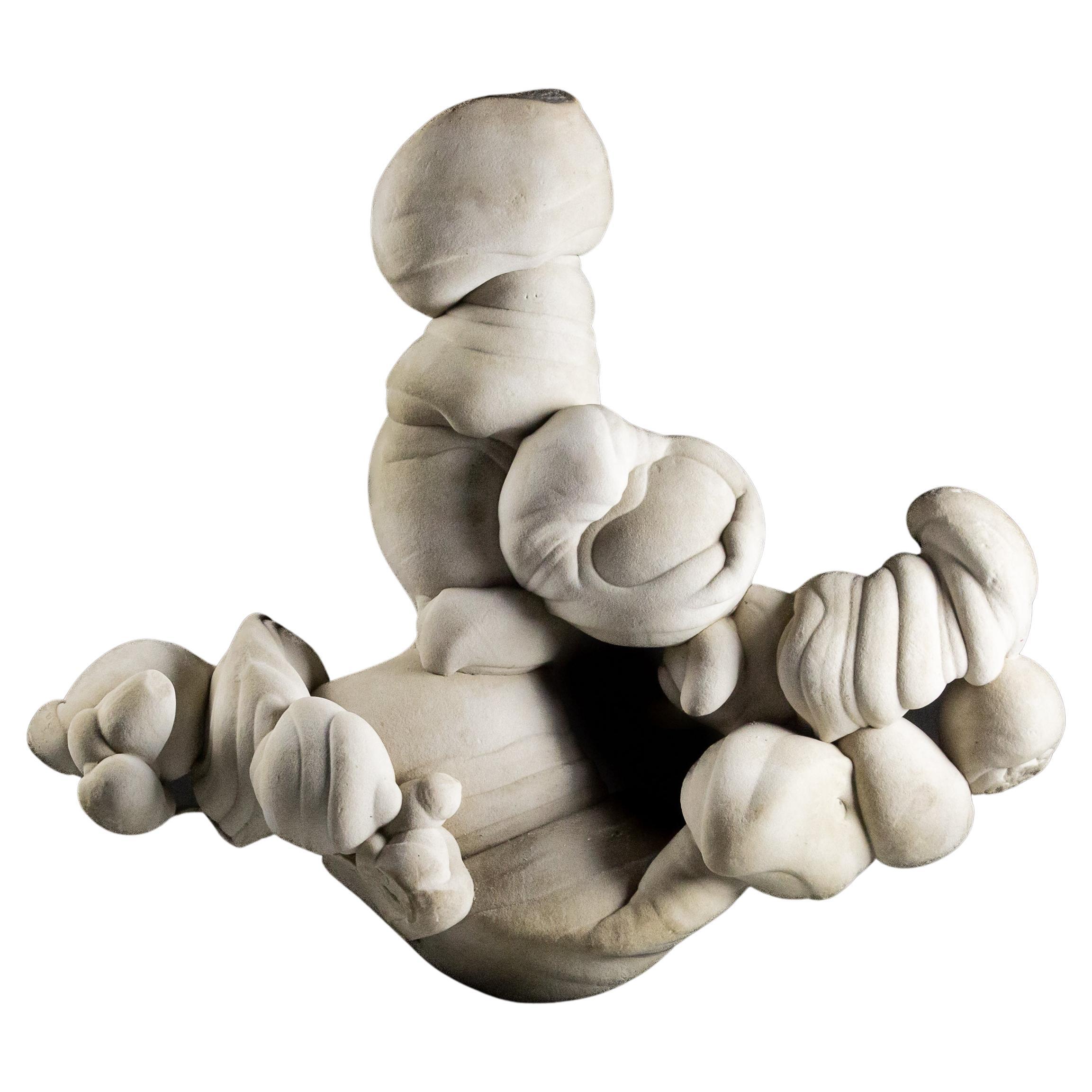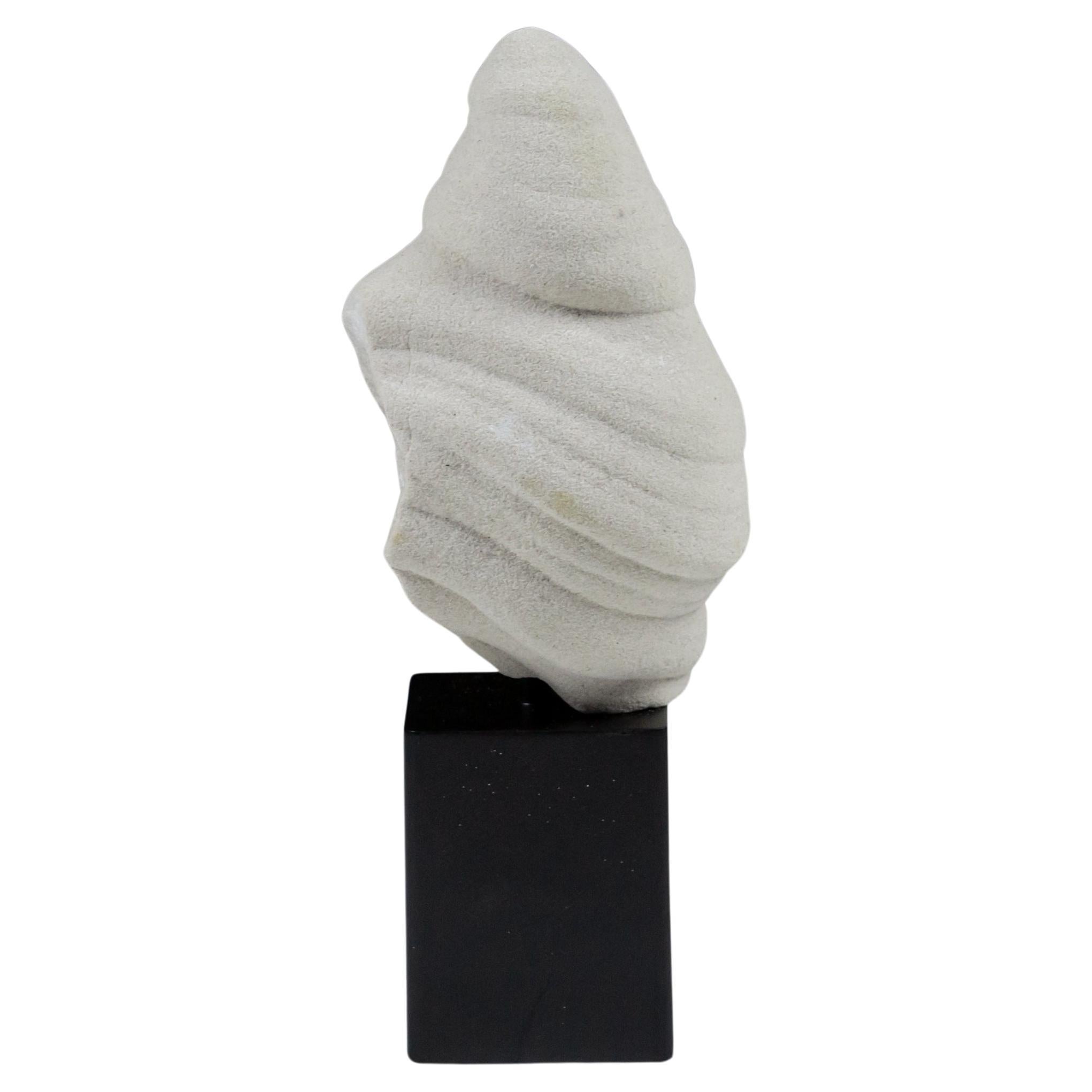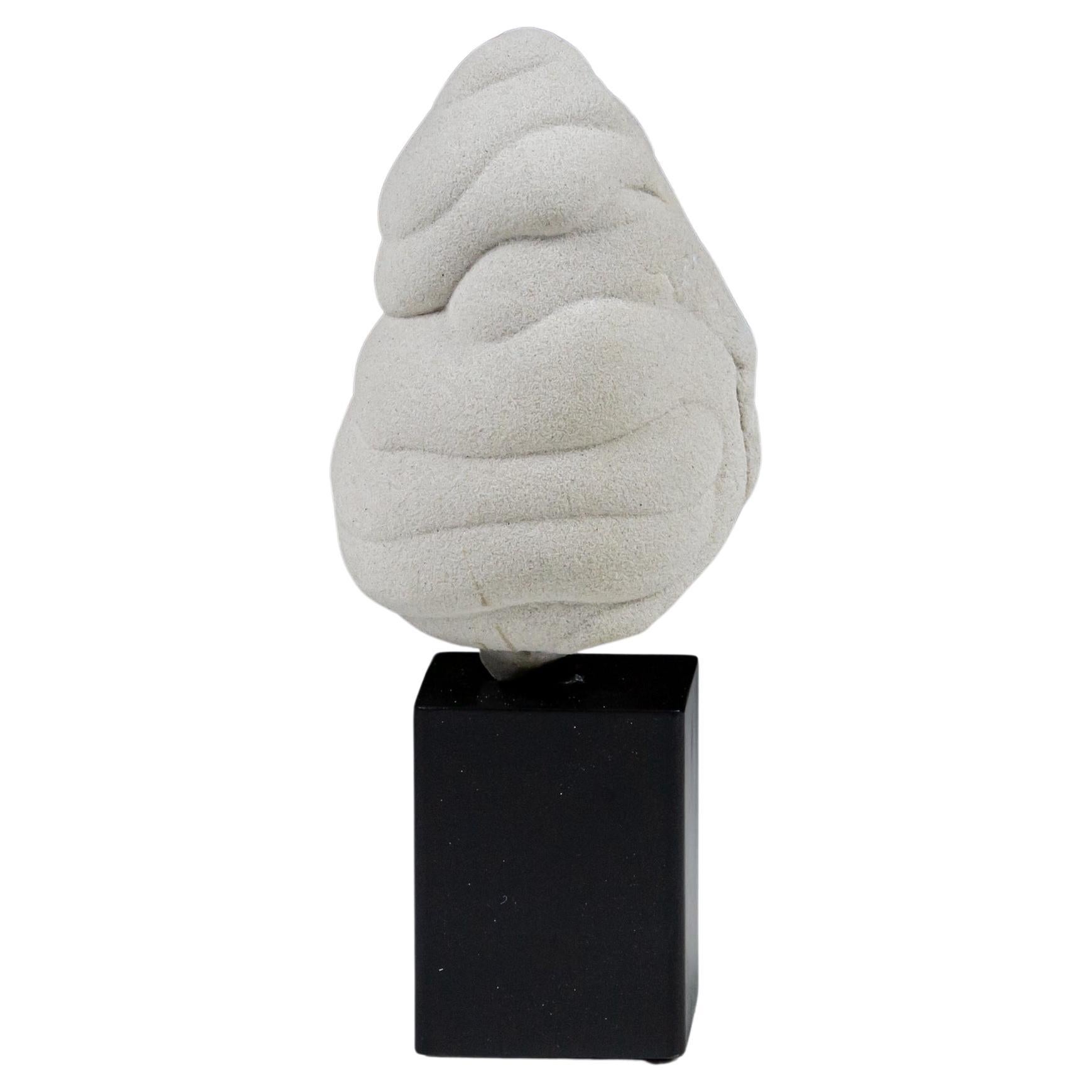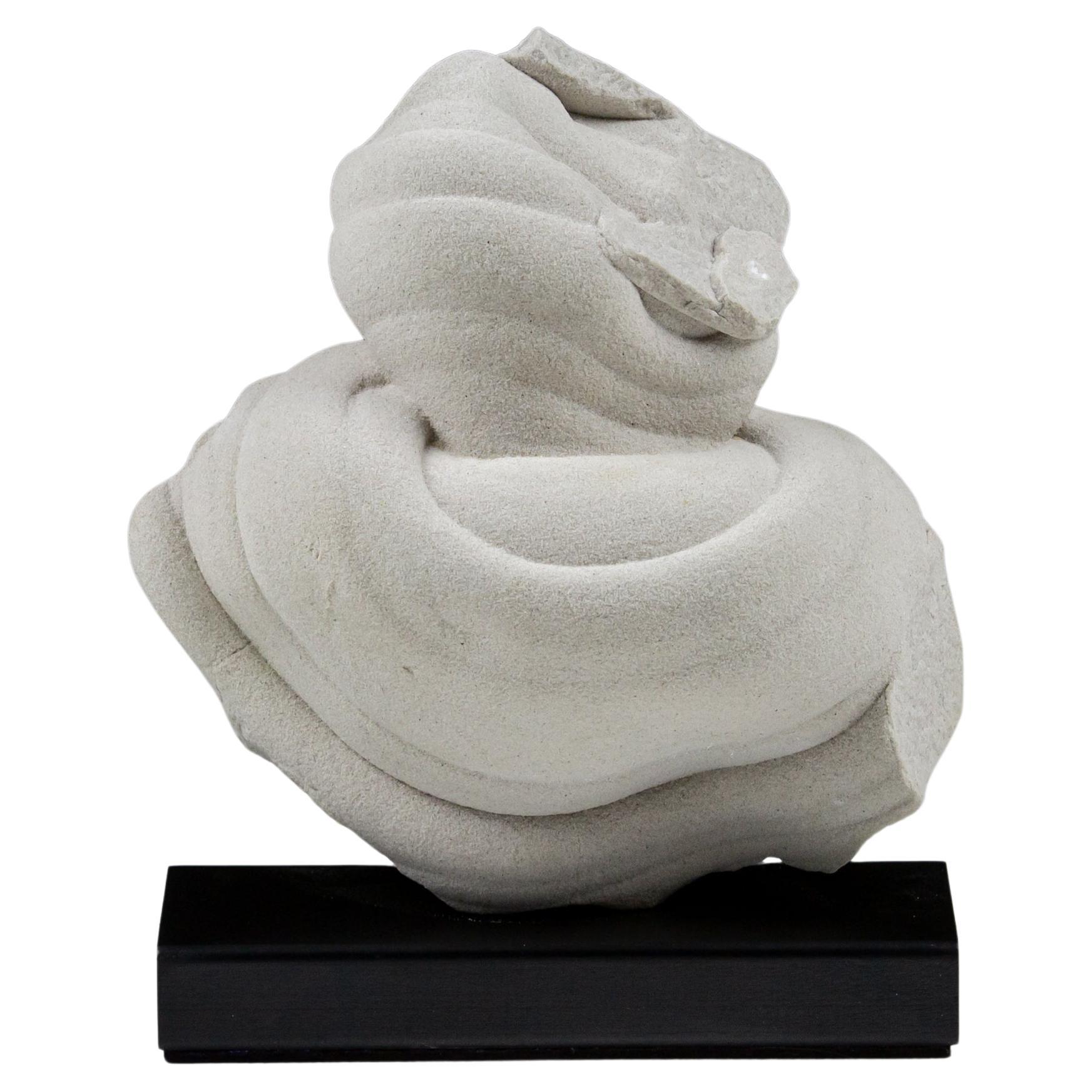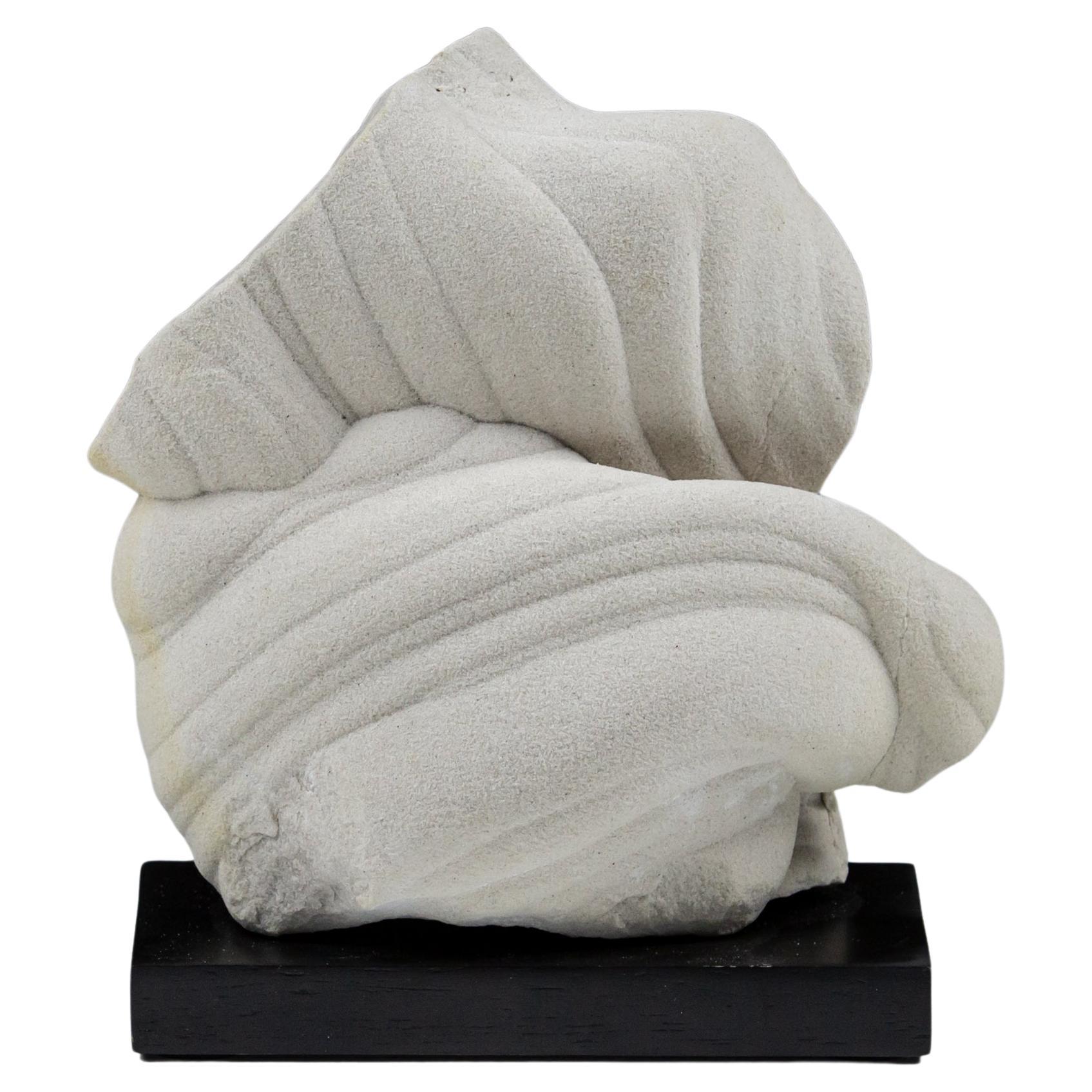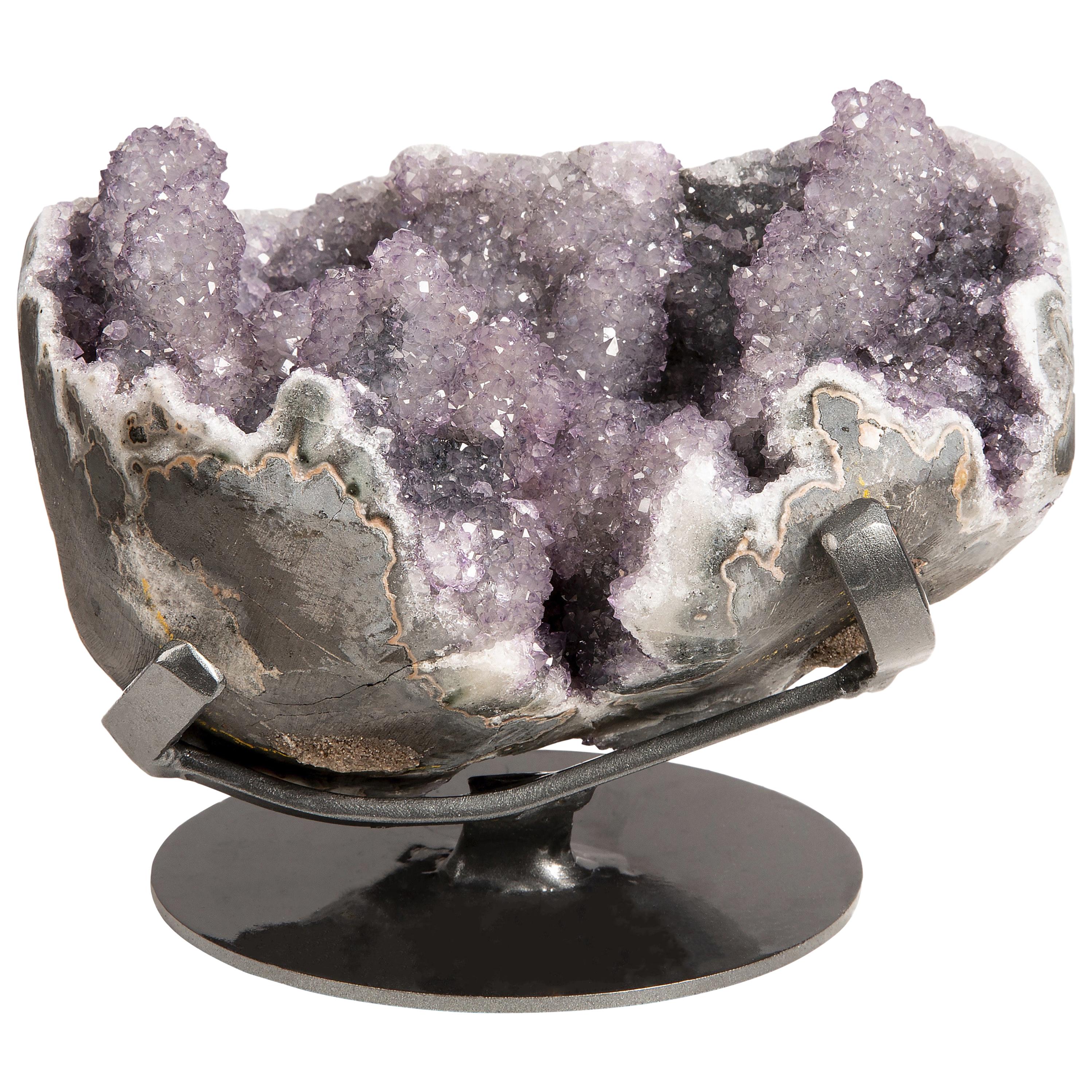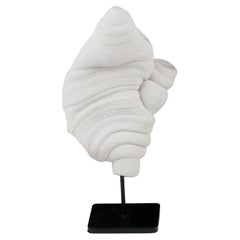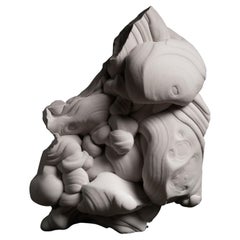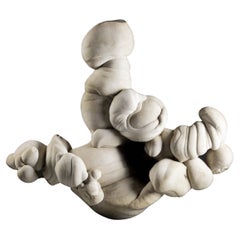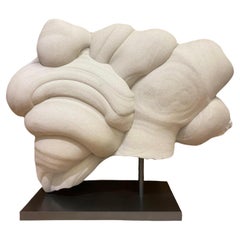
Stunning Rare Gogotte Formation with Display Stand
View Similar Items
Video Loading
1 of 8
Stunning Rare Gogotte Formation with Display Stand
About the Item
- Dimensions:Height: 13.39 in (34 cm)Width: 16.93 in (43 cm)Depth: 5.91 in (15 cm)
- Materials and Techniques:
- Place of Origin:
- Period:
- Date of Manufacture:circa 30 Million Years Old
- Condition:Wear consistent with age and use.
- Seller Location:Cambridge, GB
- Reference Number:1stDibs: LU5601231083642
Authenticity Guarantee
In the unlikely event there’s an issue with an item’s authenticity, contact us within 1 year for a full refund. DetailsMoney-Back Guarantee
If your item is not as described, is damaged in transit, or does not arrive, contact us within 7 days for a full refund. Details24-Hour Cancellation
You have a 24-hour grace period in which to reconsider your purchase, with no questions asked.Vetted Professional Sellers
Our world-class sellers must adhere to strict standards for service and quality, maintaining the integrity of our listings.Price-Match Guarantee
If you find that a seller listed the same item for a lower price elsewhere, we’ll match it.Trusted Global Delivery
Our best-in-class carrier network provides specialized shipping options worldwide, including custom delivery.You May Also Like
Gogotte Formation
Located in London, GB
Gogotte formation
circa 30 Million y/o
Measures : 42 x 21 x 63 cm.
A magnificent example of a gogotte formation, composed of thick swirls and fo...
Category
Antique 15th Century and Earlier French Natural Specimens
Materials
Sandstone
A Gogotte Formation
Located in Pease pottage, West Sussex
A Gogotte Formation - The Hand Fontainbleau, France Oligocene Period Measurement Inc Stand. Gogottes are beautiful and beguiling mineral formations. They are rare and entirely natura...
Category
Antique 15th Century and Earlier French Natural Specimens
Materials
Stone
$3,937
Natural Gogotte Formation
Located in London, GB
A magnificent example of a gogotte formation composed of thick swirls and folds of sparkling sandstone. Discovered in the Oligocene sand dunes of Fontainebleau, France, formed circa 30 million years before present or later.
The incredible, almost otherworldly appearance of gogottes may easily be mistaken for the work of a most talented artist. In fact, these sandstone sculptures are entirely natural in origin. They have been found in multiple locations but those from Fontainebleau, such as the present example, are the most remarkable. Thirty-five million years ago, a sea covered what is now the forest of Fontainebleau, and dunes of exceptionally fine and homogenous sand formed. As silica-rich water filtered through this sand, it turned into stone. The flow of water finely modelled the sandstone into the aesthetic concretions we now know as gogottes. These are rare and are only found sporadically several metres deep into the ground. They owe their sparkling white appearance to the extreme and unmatched purity of the Fontainebleau sand, sometimes reaching a composition of 99.9% silica. Each of them is unique – a masterpiece slowly fashioned by the hands of Nature.
The intriguing name of “gogotte” was coined by French geologist Claude Guillemin (1923- 1994), who was inspired by the children’s book series Babar the Elephant. In one of the books, a group of monsters called Gogottes are shown hiding behind rocks. These rocks reminded Guillemin of the sandstone concretions...
Category
Antique 15th Century and Earlier Natural Specimens
Materials
Other
Large Natural Gogotte Formation
Located in Pease pottage, West Sussex
A Gogotte Formation
Of natural form, dating from the Oligocene period (30 Million years ago). Beguiling natural mineral formation, they are the result of calcium carbonate binding w...
Category
Antique 15th Century and Earlier French Natural Specimens
Materials
Stone
Natural Gogotte Specimen Formation
Located in Pease pottage, West Sussex
A Gogotte Formation - Running
Fontainbleau, France
Oligocene Period
Light Weathering Measurement Inc Stand.
Gogottes are beautiful and beguiling mineral formations. They are rare ...
Category
Antique 15th Century and Earlier French Natural Specimens
Materials
Stone
Natural Gogotte Specimen Formation
Located in Pease pottage, West Sussex
A Gogotte Formation
Of natural form, dating from the Oligocene period (30 Million years ago). Beguiling natural mineral formation, they are the result of calcium carbonate binding w...
Category
Antique 15th Century and Earlier French Natural Specimens
Materials
Stone
